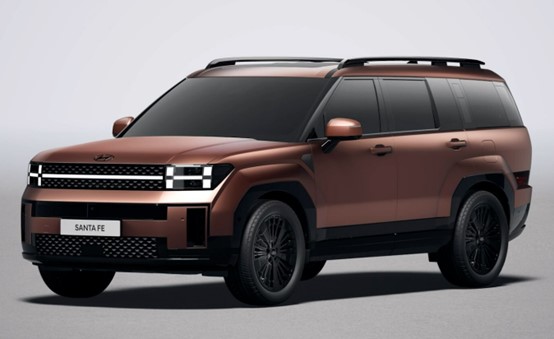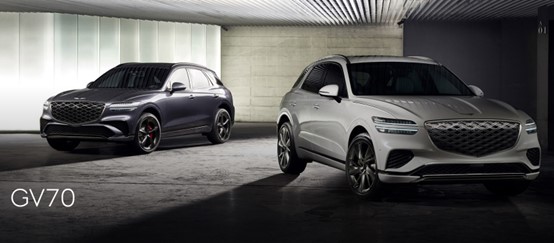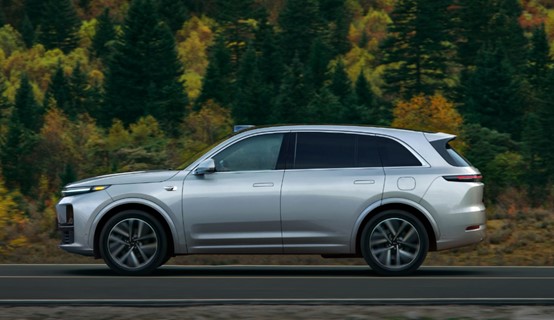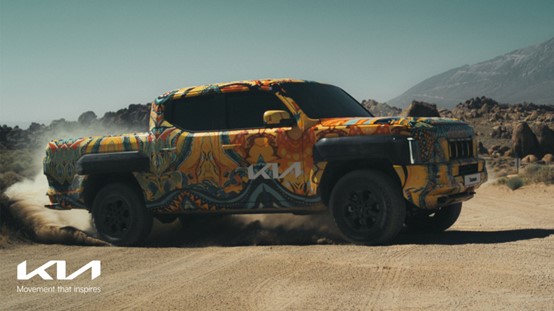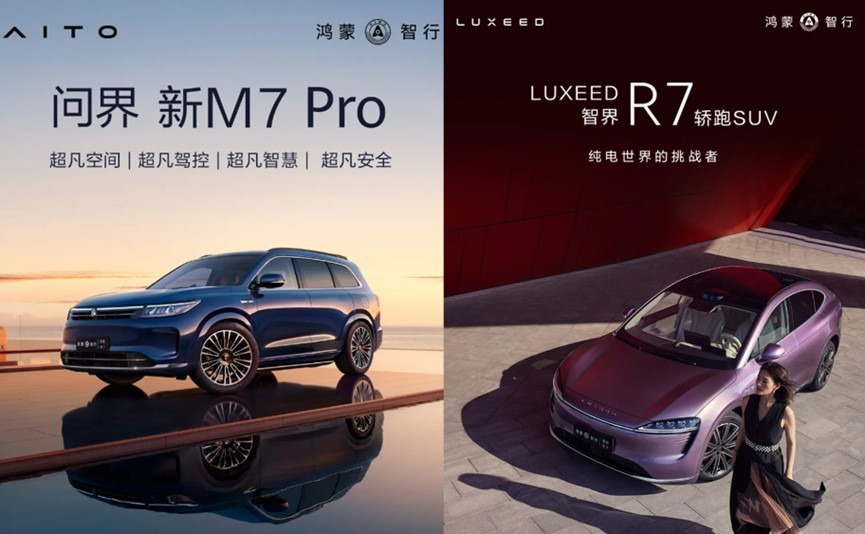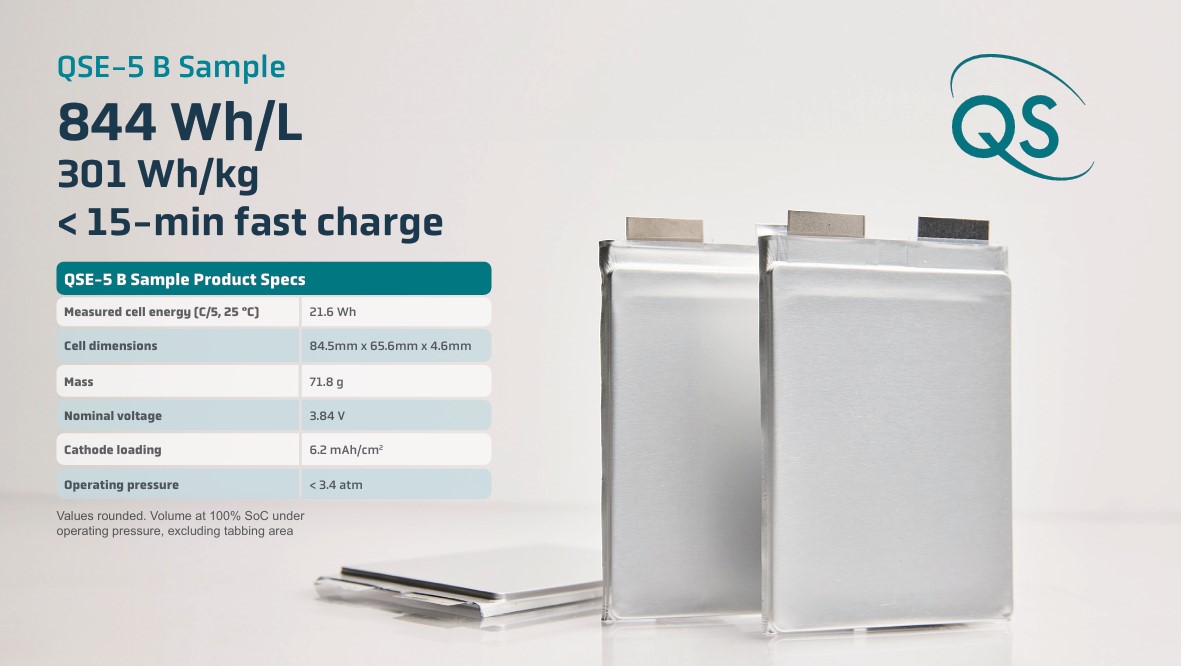The Korean Hyundai Motor Group is currently developing range-extended electric vehicles (EREVs). Recently, according to the Korea Economic Daily, Hyundai is developing a range extender for pickups and SUVs and will launch an EREV range-extender drive system for its flagship SUV models, the Hyundai Santa Fe and Genesis GV70, within two to three years. Hyundai's next-generation pickups, codenamed TE for Hyundai Motor and TV for Kia, will also be equipped with EREV drive systems and are expected to come off the production line in 2028 or 2029. Hyundai Group aims to capture market share in the United States with its pickup models.
Hyundai Santa Fe
Genesis GV70
A range extender is a small internal combustion engine with a generator that only activates when the battery power is low. The combustion engine is solely used to charge the battery, providing additional power to the battery, but does not directly drive the vehicle; the electric motor still drives the wheels. The EREV powertrain can achieve a driving range of up to 1,000 kilometers, approximately twice that of conventional electric vehicles.
EREVs, because they can be refueled with gasoline, do not require an extensive charging infrastructure, and since they are powered by electric motors, they offer better acceleration performance than vehicles with combustion engines.
In recent years, with Chinese and Japanese automakers such as Li Auto, Xiaomi, NIO, and Nissan Motor introducing EREVs with a driving range of about 1,000 kilometers, the range-extender drive system has begun to gain popularity. Last year, Li Auto sold 380,000 EREVs in China, with the L7 model leading in sales, boasting a driving range of up to 1421 kilometers and an acceleration from 0 to 100 km/h in just 5.3 seconds.
Li-Auto L7
According to insiders, Hyundai aims to primarily use the EREV powertrain for SUVs and pickups. Hyundai is now developing EREVs because the sales of conventional electric vehicles are declining, and the era of pure electric vehicles (BEV) with a 1000-kilometer range on a single charge may still be a few years away. The current lack of global charging infrastructure and the cruising range anxiety from car owners are also prominent issues. It is predicted that before the era of pure electric vehicles arrives, EREVs will remain competitive for at least a decade. A senior executive at Hyundai stated that global automakers will enter a period of suffering for at least two to three years starting in the second half of this year, and hybrids and EREVs are their weapons to fight this battle.
For SANTA FE, GV70, and Pickup models
It is reported that Hyundai Motor Group may apply its EREV range-extender system to its flagship SUV models Santa Fe and Genesis GV70 within two to three years. In addition, the group's next-generation pickups, codenamed TE for Hyundai Motor and TV for Kia, will also be equipped with EREV drivetrains and begin production in 2028 or 2029.
The new EREV pickup from Hyundai Group will have a driving range of over 530 kilometers and can carry loads exceeding 4,535 kilograms. Hyundai hopes to enhance the competitiveness of its pickup models in the US market with the addition of the range-extender drive system, allowing it to compete with the top three best-selling pickup models in the US—Ford F-Series, Chevrolet's Silverado, and Ram pickup—as well as Tesla's Cybertruck.
Heavy-duty pickups are very popular in the US market. According to data from Marklines, pickup sales in the US market reached 2.86 million units in 2023, nearly double the sales of large sedans at 1.56 million. Hyundai Motor is currently selling the Santa Cruz pickup in the US, which sold 36,675 units last year, ranking 12th in pickup truck sales. Kia also announced its entry into the US pickup market by unveiling the Kia Tasman at the Busan Mobility Show in May.
Kia Tasman Pickup
Hyundai plans to produce electric vehicles and hybrids at its dedicated US EV production lines to be built by October at Hyundai Motor Group Metaplant America (HMGMA) in Georgia. Hyundai and Kia aim to overcome the current stagnation in EV demand by increasing hybrid model sales and launching vehicles equipped with an EREV range-extender system.



